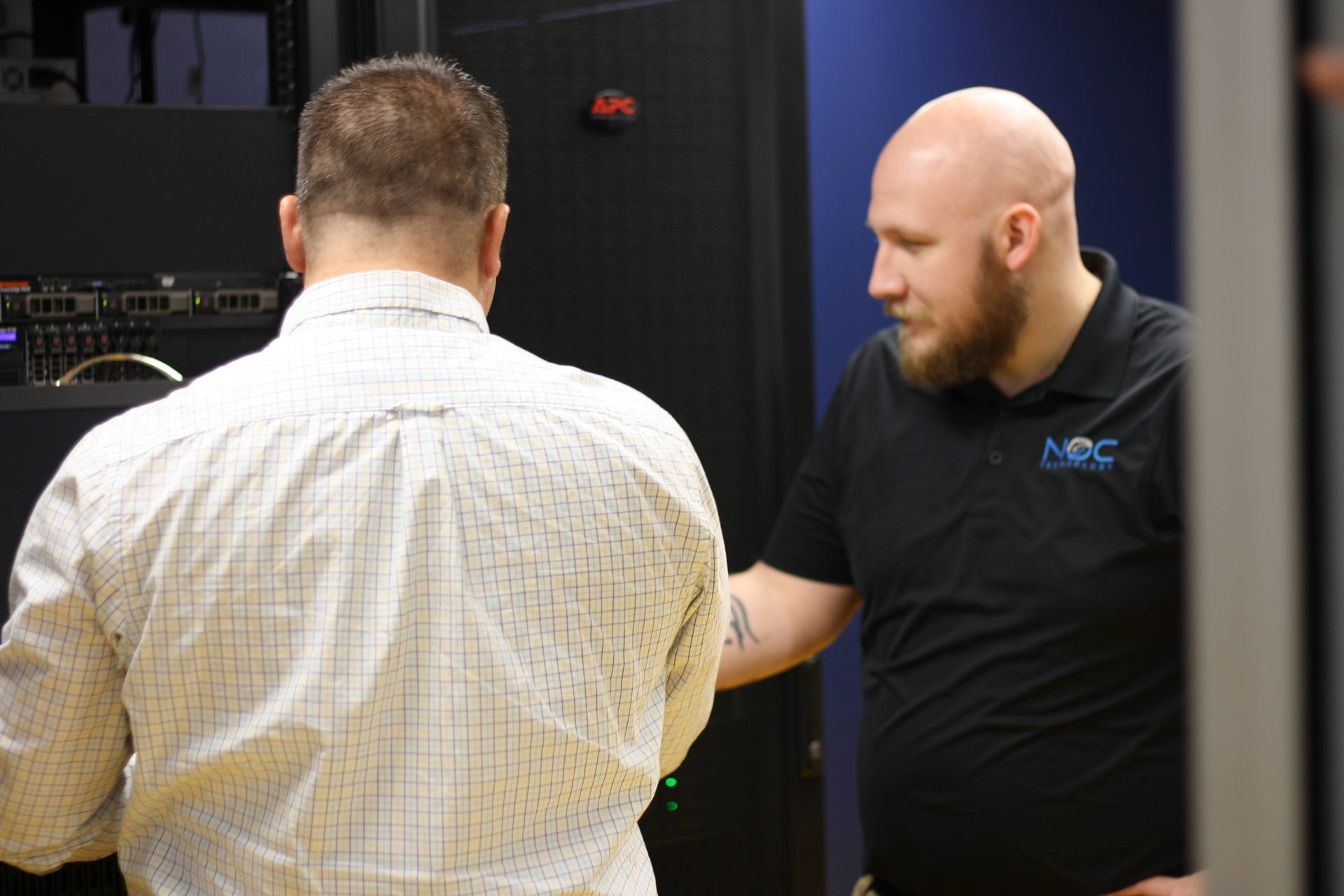Utilizing Cloud Technology to Improve Veterinary Medicine
by Jon Lober | NOC Technology
Discover how cloud technology helps veterinarians improve patient care and staff operations

In today's digital ecosystem, technology has become an essential part of healthcare, including veterinary medicine. Cloud technology can provide veterinarians with a variety of benefits that can help them to improve patient care, increase collaboration, and streamline operations. By leveraging the power of cloud-based tools and solutions, veterinarians can access patient information, communicate with clients, and collaborate with colleagues from anywhere, at any time. In this blog, we will explore how cloud technology can help veterinarians to improve patient care, increase collaboration and streamline operations.
Improved Patient Care
Cloud-based medical records and telemedicine solutions allow veterinarians to access patient information and communicate with clients from anywhere, at any time. This can improve the quality of care and make it easier to provide follow-up care.
Increased Collaboration
Cloud-based tools such as online file storage and project management software make it easier for veterinarians to collaborate with colleagues and other healthcare professionals. This can improve the speed and effectiveness of diagnoses and treatment plans.
Read:
A Veterinarians Guide to Choosing IT Support
Cost Savings
By moving to the cloud, veterinarians can reduce the costs associated with maintaining their own IT infrastructure. Cloud providers handle the maintenance and upgrades, which can save veterinarians significant amounts of money.
Improved Data Security
Cloud providers offer advanced security features such as encryption and data backups, which can help to protect sensitive patient information and keep it secure.
Read: Why cybersecurity is important for veterinary clinics
Access To Advanced Technology
Cloud providers offer access to advanced technologies such as machine learning, which can help veterinarians to optimize their diagnoses and treatment plans.
Better Client Engagement
with cloud-based tools, veterinarians can easily schedule appointments, send reminders, and communicate with clients. This can improve client engagement and satisfaction.
In conclusion, cloud technology can provide veterinarians with a wide range of benefits that can help them to improve patient care and simplify operations. By utilizing the power of cloud-based tools and solutions, veterinarians can access patient information, communicate with clients, and collaborate with colleagues more efficiently. Additionally, cloud technology can provide cost savings, improved data security, access to advanced technology and better client engagement.
As the industry becomes increasingly digitalized, it's important for veterinarians to adapt to and embrace new technologies such as cloud computing. This can help them to provide the best care possible and stay competitive in the industry. It is also important to select a reputable provider that will put in place security measures to protect patient data and the practice's sensitive information.




